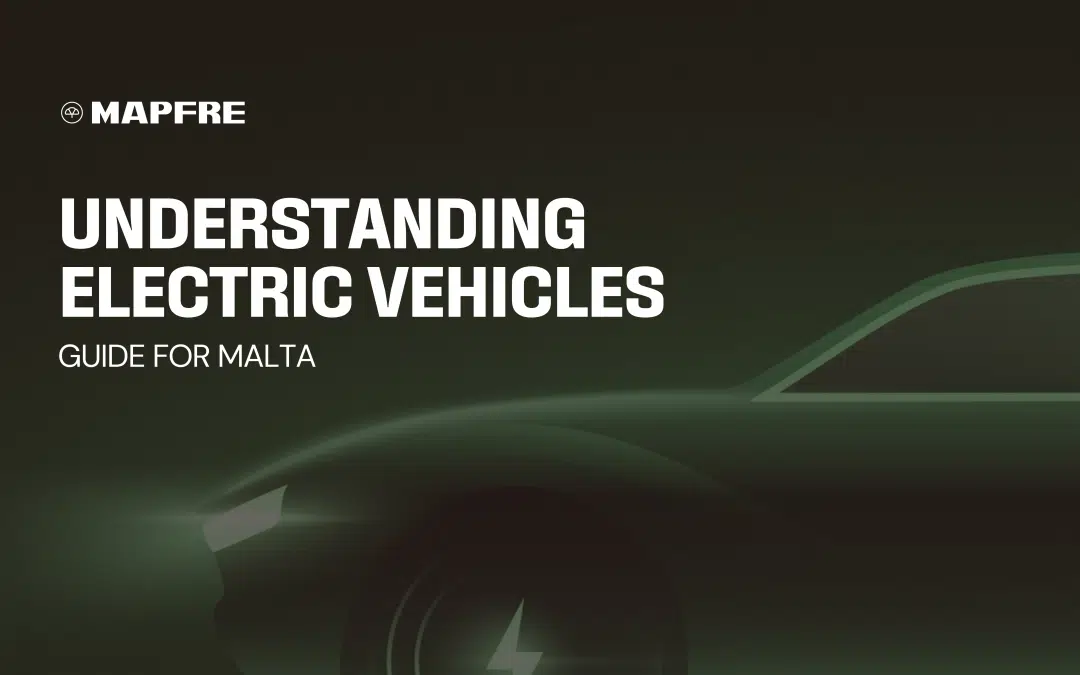Understanding Electric Car Initials
The electric car industry has been one of the fastest-growing areas in the automotive world for nearly a decade now. With sales at an all-time high, average consumers and enthusiasts have begun to take an interest.
But not all-electric vehicles are the same. The immense competition and technologies in this market mean different ways of power generation, which is why getting to know the differences between all types of electric vehicles is important. Therefore, we’ve compiled the most common initials of these types of vehicles.



Electric Vehicle (EV) / Battery Electric Vehicle (BEV)
These two initials are interchangeable, referring to the same type of vehicle. EVs and BEVs exclusively use a battery-powered engine, which means they’re not associated with gasoline or diesel engines. Electric power is used for all driving phases and leads to vehicles with high output.
The EV initial can sometimes be used to refer to all-electric vehicles on their own.
Hybrid Electric Vehicle (HEV)
This type of vehicle combines batteries and a standard gasoline engine. The electric motor assists the gas engine in tasks like acceleration or start-up. It can also work as a standalone engine for short trips, usually around 30 miles.
Unlike other vehicles, you cannot charge HEVs. Power is generated through regenerative braking, filling the battery’s capacity.
Plug-in Hybrid Electric Vehicle (PHEV)
This type has all the features of HEVs, except it can be charged. Like the previous type, it uses a combustion engine paired with an electric motor. However, when it runs out of charge, it automatically changes to the gas engine. Sometimes, it features regenerative braking and other functions that help preserve the battery’s charge.
It’s a great type of electric vehicle for those not yet convinced or ready for a 100% battery-powered EV.
Mild Hybrid Electric Vehicle (MHEV)
As the name implies, a mild hybrid is the most discreet approach to hybrid vehicles. A small battery pack will assist the vehicle with some tasks such as start-up or binary compensation. It also helps with start and stop features, increasing its efficiency. They also power all electrical components of the vehicle.
The main difference is that these batteries do not propel the vehicle. A great option if you’re still not ready for a full-on hybrid vehicle.
Fuel Cell Electric Vehicle (FCEV)
FCEVs are hydrogen-powered. Unlike other types, they use a fuel cell that converts stored hydrogen to electricity, feeding an electric motor. Even today, these vehicles aren’t seen too often, but they’re highly energy-efficient and sustainable. They also include features such as regenerative braking for extra mileage. These vehicles are known for being one of the least pollutive options in the market, despite their high price.
Extended Range Electric Vehicle (E-REV)
An E-REV is a reverse MHEV. These vehicles feature a large battery pack coupled with a small combustion engine that can’t power the car on its own. This range extender aids in some specific tasks, such as generating additional electricity for the motor. The combination increases range, contributing to fewer charging times.
A gasoline engine means it’s more pollutive than a regular electric vehicle.



